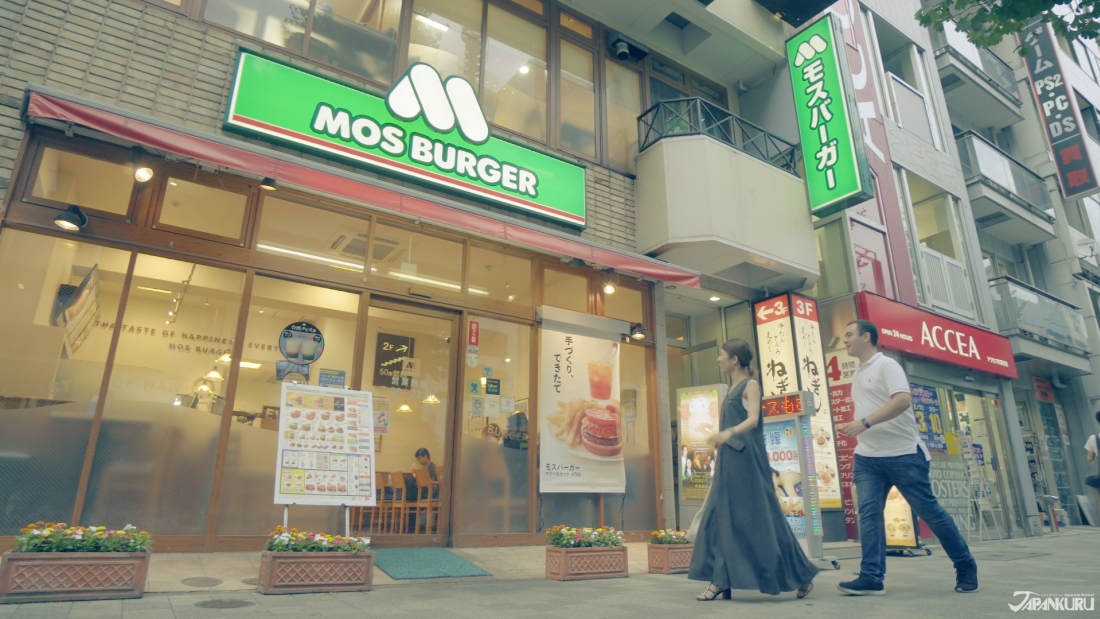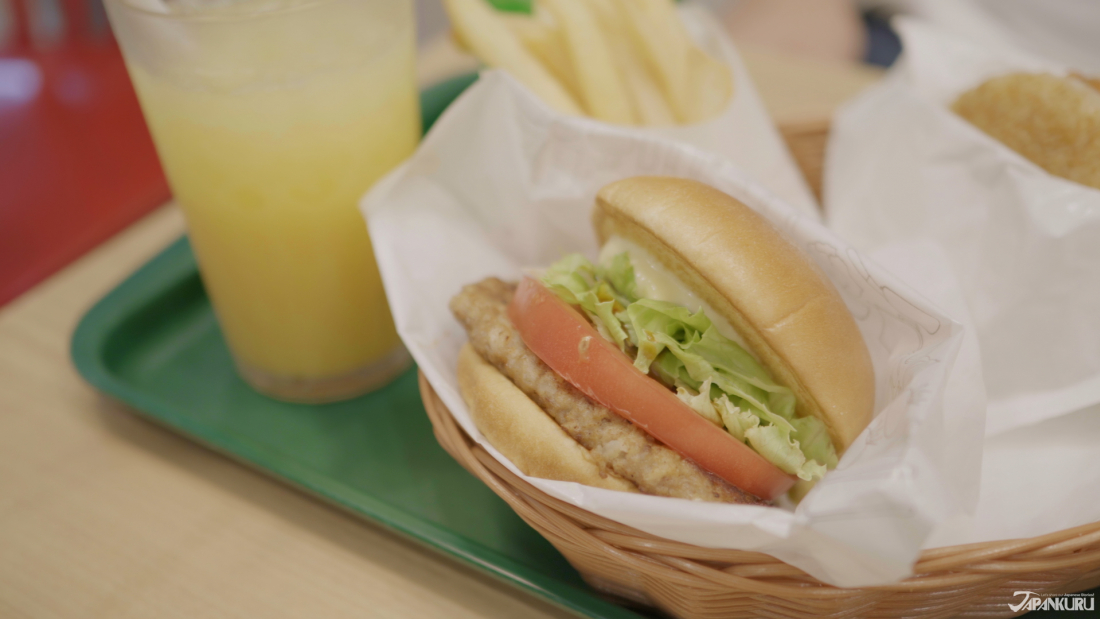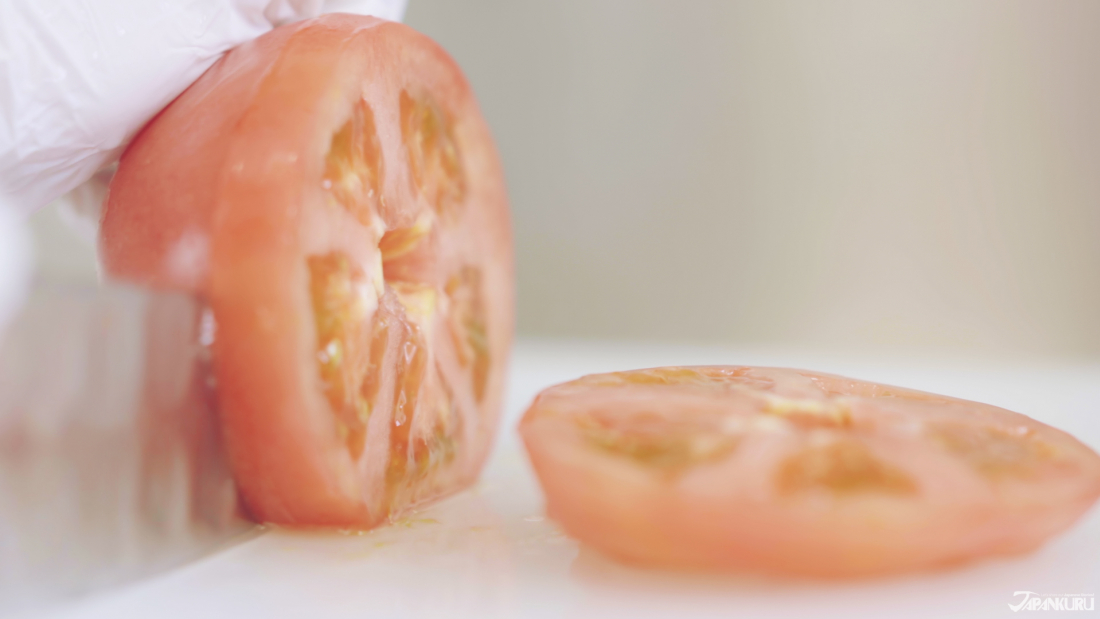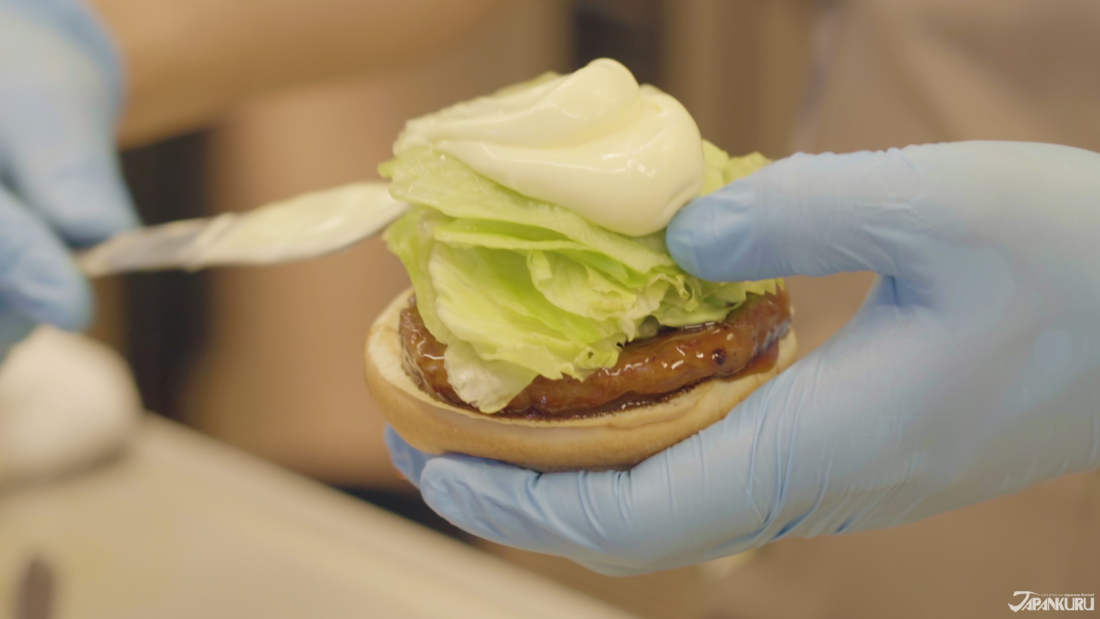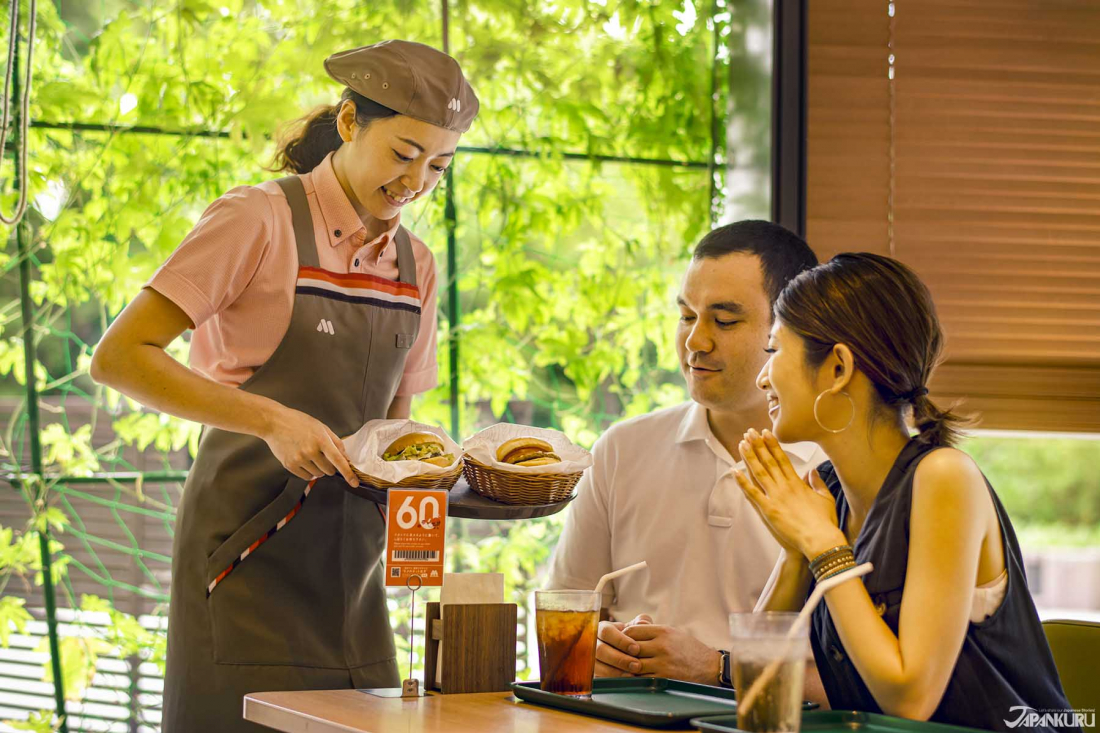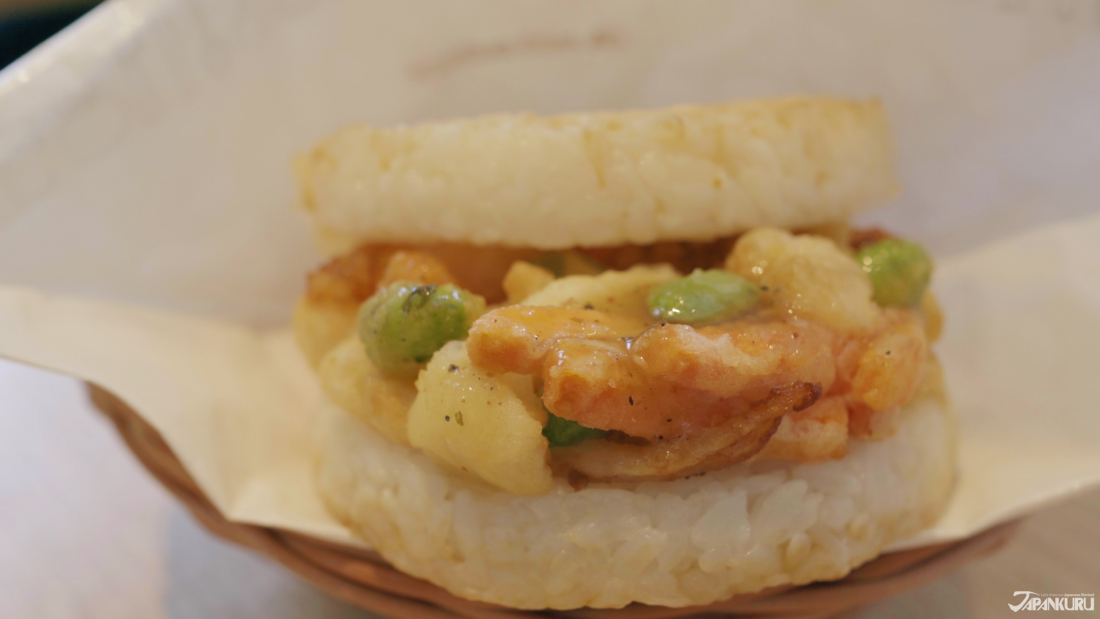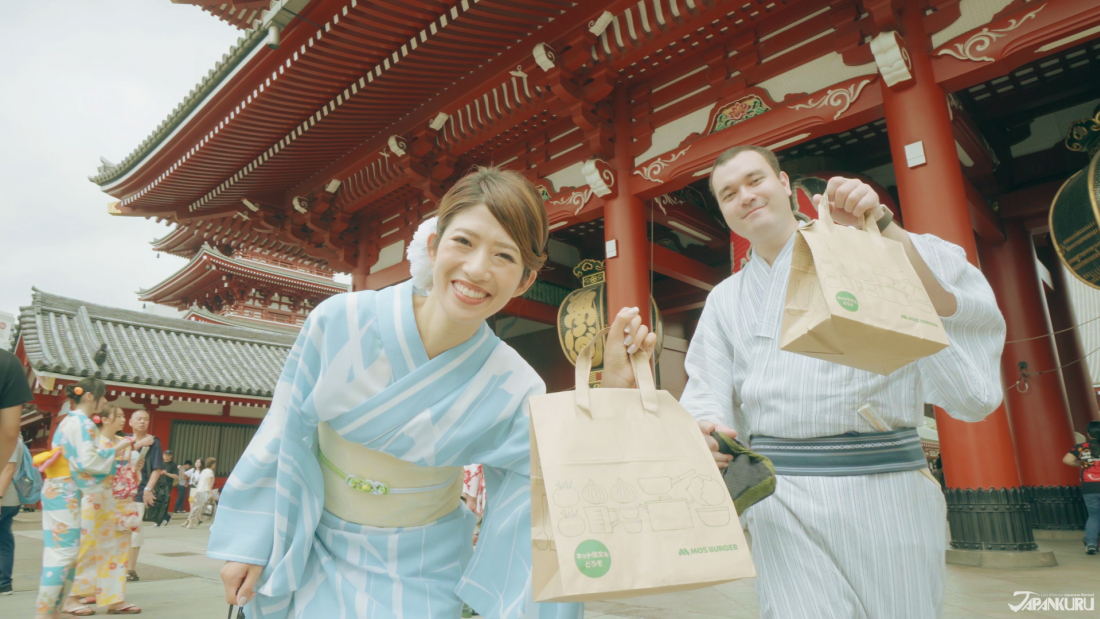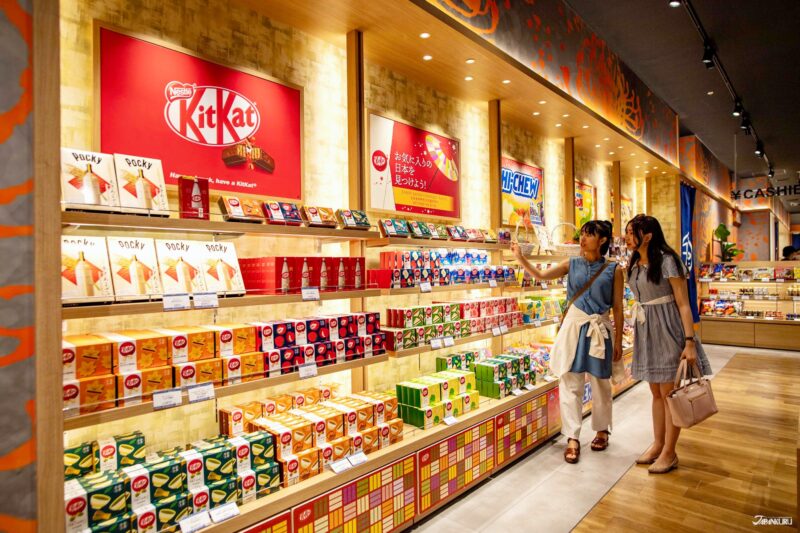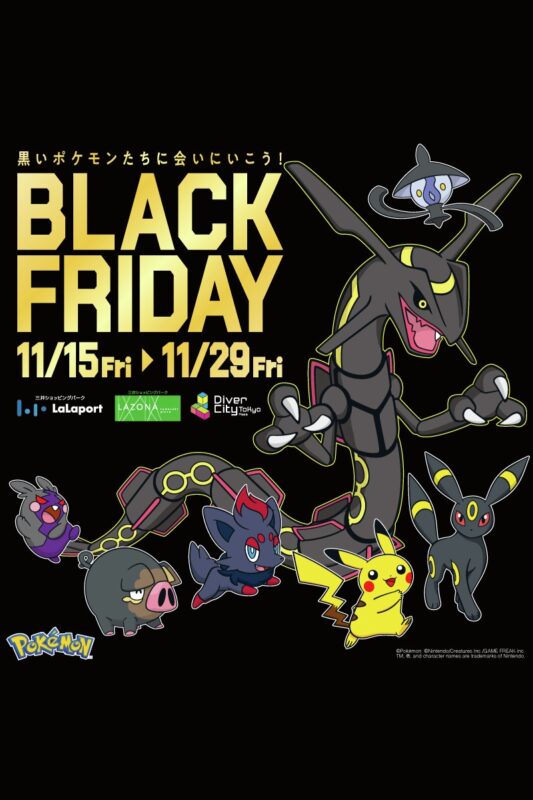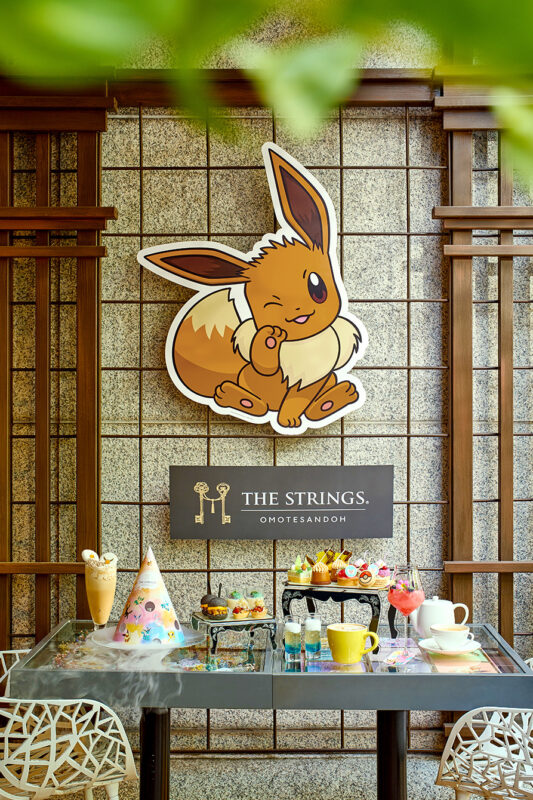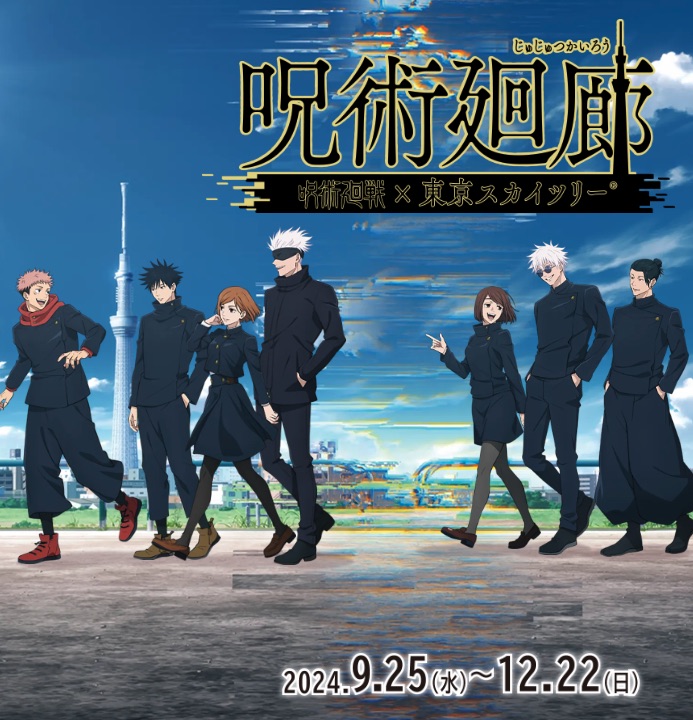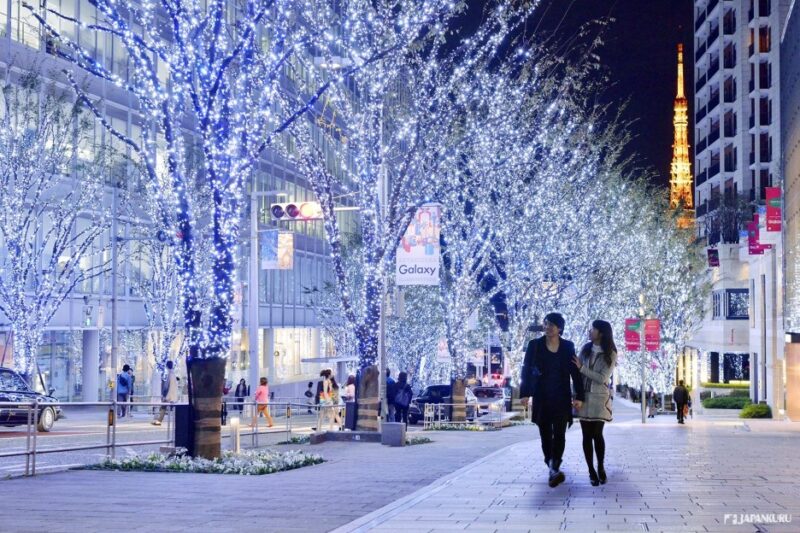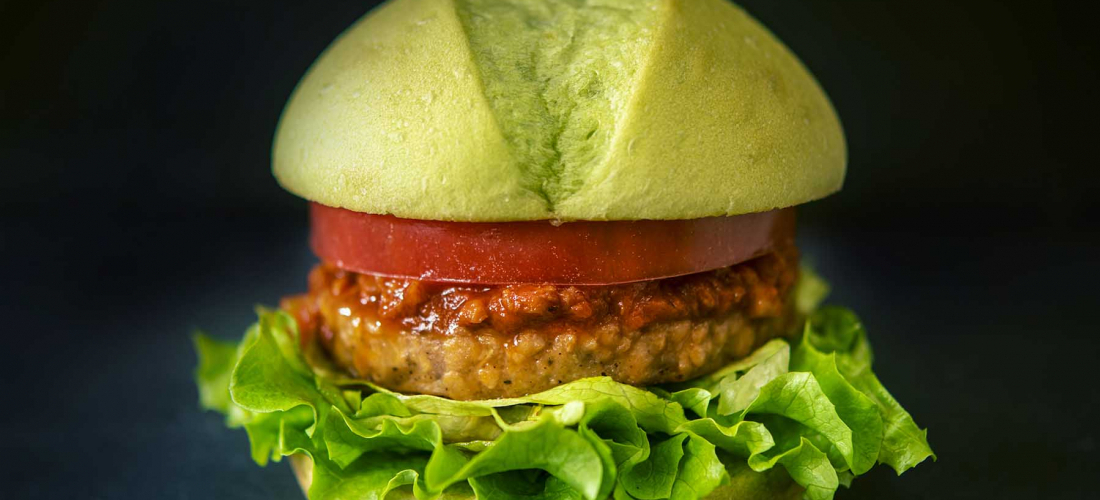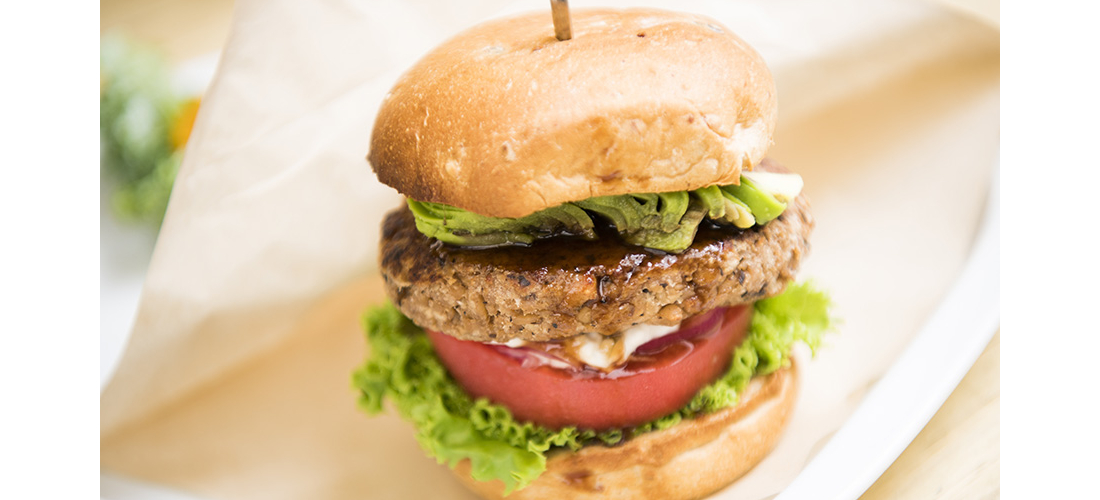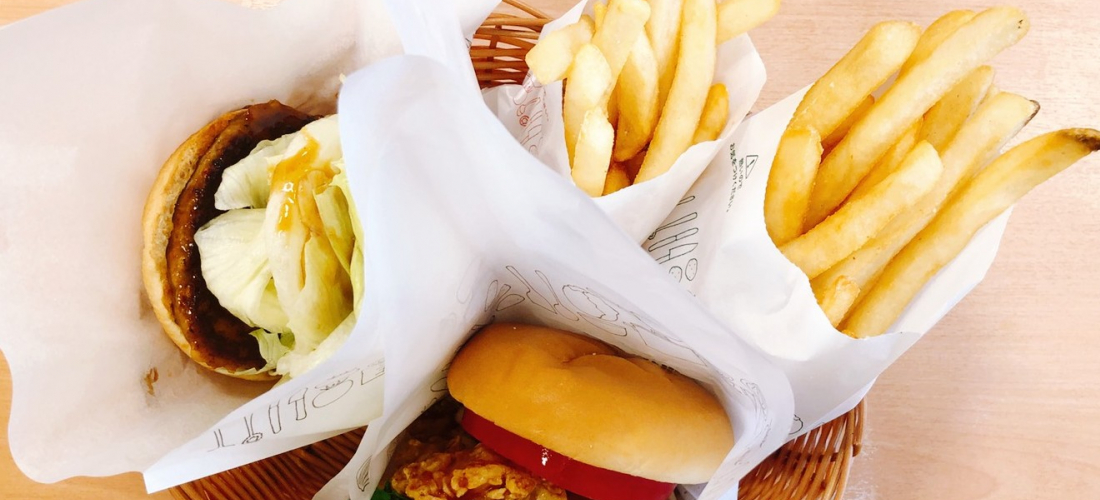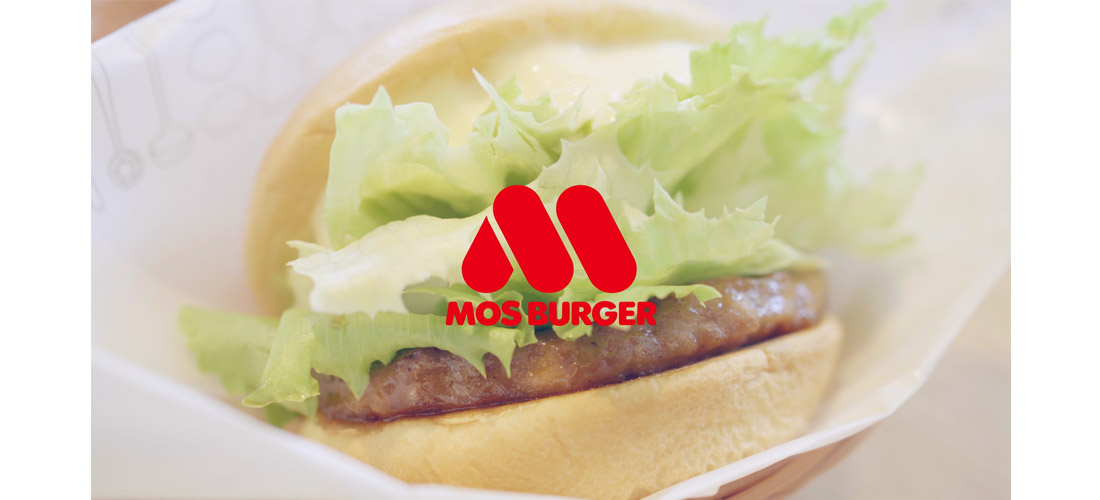
CONTENTS
Looking for a quick and tasty meal in Japan? Check out Mos Burger to see how Japan has taken the everyday fast-food burger and (like so many things) made the dish its own. These burgers build on the mundane, with novel flavor and exceptional quality, and quite literally piled high with toppings. Whether you’re just touring Tokyo or journeying through Japan, when your stomach starts to rumble, head to Mos Burger for a Japanese bite to eat. It’s a fresh spin on the familiar!
Fresh Food, Made and Served with Care
Alongside the ingredients, Mos Burger’s delicious take on the fast-food burger owes a lot of its great flavor to the care that’s taken during preparation. Within Japan, and all around Asia wherever branches have popped up, the brand has a reputation for high-quality meals. One of Mos Burger’s internal mottos is even “good food for good health.” Getting up from a meal at one of their eateries leaves you feeling ready to go out and explore, instead of ready for a food coma!
Plus, Japan is known for the hospitality and attention to detail that are deeply rooted in the country’s culture, and these shine through in Mos Burger’s food and service. It’s no surprise that the restaurants are beloved by locals in Japan, and become new favorite hangout spots for travelers visiting the country!
While the food and its preparation are generally impressive, Mos Burger’s detail-oriented service comes to light when you look at their product design. Ever taken a bite out of a hamburger, only to have the patty and half the toppings fall out the back? Or maybe you held on tight enough that the sauce just spilled down your hands instead? It’s not pretty, which is why Mos Burger decided to do something about it! Check out Mos Burger’s thoughtful packaging design to see how they’ve made burger-eating easy and mess-free as can be.
Why Mos Burger Isn’t to Be Missed When You Visit Japan
① Try a Taste of Fresh, Local Ingredients
Mos Burger doesn’t make your average fast-food burger, so they don’t use your average limp scraps of lettuce either! The burgers feature large portions of crisp greens and other produce, and the restaurants generally do their best to use totally local ingredients, which means that not only are the vegetables eco-friendly, they also give you a little unique taste of regional flavor. Try a Mos Burger in each new city you visit, and see if you can taste the difference!
② Get Your Food Made to Order
Don't want to eat a hamburger that's been sitting in a warmer for an hour? Mos Burger doesn’t want that either. (They’re very particular about serving the best possible food, which is a bit of Japanese culture that we can all enjoy.) All of their burgers are order-made, so you get the burger at peak flavor and at the perfect temperature. Of course, this means that you have to wait for it to be made, but spending a minute or two looking forward to the coming meal makes it all the more delicious! And on top of that, the wait is really no big deal because…
③ Your Burger Is Delivered Right to the Table!
Who cares about waiting a minute or two for your food when you can just take a seat and relax? No need to stand there, lingering at the counter. Grab your drink (and often a little sign with your order number), head to your table, and wait for the food to be freshly made and brought directly to you. Japanese service at work, ladies and gentlemen!
Too Many Good Options on the Menu?
Here are Some Recommendations
The Mos Burger: The Classic!
A succulent beef patty paired with a sweet slice of tomato and Mos Burger’s special secret sauce. This simple and mouth-watering burger is one of the restaurant’s classics, with many dedicated fans, but you can always go for the Mos Cheeseburger instead for even more flavor!
The Teriyaki Burger: The World’s First
The classic hamburger might seem like standard American food, but the ingenuity of Mos Burger’s chefs gave birth to a beloved burger with a bit of Japanese soul: the teriyaki burger. That’s right, Mos Burger came out with the original teriyaki burger, inspiring other restaurants all over the world to follow suit. With its fresh lettuce and a delicious kick of teriyaki flavor, though, the original rendition of the teriyaki burger still beats any imitators!
The Rice Burgers: Modern Innovations in the Burger World
With the same inventive spirit that inspired the time-honored teriyaki sauce burger, Mos Burger now offers burgers with buns made not from bread, but rice! To go with these unique rice buns, Mos Burger has some intriguing filling options, including “kakiage” rice burgers with crunchy seafood tempura inside. You won’t find options like this just anywhere!
Easy to Eat, in Every Way
As we touched on before, not only are Mos Burgers delectable (they might just become your new travel-time lunch staple), they’re also super convenient to eat. Mos Burger doesn’t skimp on sauce, meaning the food is absolutely packed with flavor, but you don’t have to worry about dripping all over the table (and yourself) when you eat there either. The restaurant employs some clever packaging, serving their burgers inside diamond-shaped sleeves that are strong enough to keep all the tasty toppings on the burger, instead of on your hands. So remember, next time you eat at Mos Burger, don’t take the burger out of the sleeve to eat it! That just defeats the purpose. Take a moment to appreciate the ingenuity that went into the simple packaging, and enjoy the sauce-free state of your hands as you dig into a burger piled high with toppings. (See how it’s done below! ⇩ )
For The Traveler on the Move:
Find Mos Burger Anywhere, Or Get Some to Go!
Thanks to the chain's consistent quality, Mos Burger has shops all over Japan (almost 1,300 domestic locations), many of which are close to major tourist destinations. When you're ready for a break from seeing the sights, look around for a Mos Burger – more than likely there will be one right nearby, where you can sample a little Japanese burger culture.
If the weather's too good to stay indoors, grab a burger to go, and have a little picnic in a nearby park! (Plus, Japanese consumption tax rose to 10% in Oct. 2019, but only on eat-in food, which means that take-out burgers are an especially good deal!)
The MOS in Mos Burger comes from the mountains, the ocean, and the sun, and in every burger they serve you can see their commitment to both the natural sources of their ingredients, and their goal to "make people happy through food." So which Mos burger are you going to try first, next time you're in Japan?
COMMENT
FEATURED MEDIA
VIEW MORE
Tokyo Shopping Spot Recommendation: New Balance Kichijoji #newbalance #newbalancekichijoji #newbalancejapan #japanesesneakerheads #shoppinginjapan #japantrip #도쿄여행 #도쿄쇼핑 #뉴발란스 #일본한정 #일본패션 #日本購物 #日本買衣服 #NB #日本時尚 #東京購物 #รองเท้าnewbalance #นิวบาลานซ์ #รองเท้าผ้าใบ #ช้อปปิ้ง #คิจิโจจิ #japankuru

See Kyoto Clearly With Your New Glasses #japankuru #kyoto #jins #교토여행 #진즈 #京都 #교토수족관 #가모가와 #kamogawa #kyotoaquarium

The First Japanese Converse Flagship: CONVERSE STORE HARAJUKU #japankkuru #conversejp_pr #conversejapan #harajuku #tokyotrip #converse #tokyoshopping #匡威 #帆布鞋 #東京購物 #原宿 #日本時尚 #일본쇼핑 #일본컨버스 #일본한정 #하라주쿠 #일본패션 #일본스트릿 #รองเท้าconverse #รองเท้าผ้าใบ #ช้อปปิ้ง #ฮาราจูกุ #คอนเวิร์ส

Japanese Makeup Shopping • A Trip to Kamakura & Enoshima With Canmake’s Cool-Toned Summer Makeup #pr #canmake #enoshima #enoden #에노시마 #캔메이크 #japanesemakeup #japanesecosmetics

⚔️The Robot Restaurant is gone, but the Samurai Restaurant is here to take its place. Check it out, and don't forget your coupon! 🍣신주쿠의 명소 로봇 레스토랑이 사무라이 레스토랑으로 부활! 절찬 쿠폰 발급중 💃18歲以上才能入場的歌舞秀,和你想的不一樣!拿好優惠券去看看~ #tokyo #shinjuku #samurairestaurant #robotrestaurant #tokyotrip #도쿄여행 #신주쿠 #사무라이레스토랑 #이색체험 #할인이벤트 #歌舞伎町 #東京景點 #武士餐廳 #日本表演 #日本文化體驗 #japankuru #japantrip #japantravel #japanlovers #japan_of_insta

Japanese appliance & electronics shopping with our KOJIMA x BicCamera coupon! 用JAPANKURU的KOJIMA x BicCamera優惠券買這些正好❤️ 코지마 x 빅 카메라 쿠폰으로 일본 가전 제품 쇼핑하기 #pr #japankuru #japanshopping #kojima #biccamera #japaneseskincare #yaman #dji #osmopocket3 #skincaredevice #日本購物 #美容儀 #相機 #雅萌 #日本家電 #일본여행 #면세 #여행꿀팁 #일본쇼핑리스트 #쿠폰 #일본쇼핑 #일본브랜드 #할인 #코지마 #빅카메라 #japankurucoupon

Odaiba's DiverCity Tokyo Plaza is home to the famous real-size 20m-tall Unicorn Gundam, and the popular shopping center has even more Gundam on the inside! Check out the Gundam Base Tokyo on the 7th floor for shelves upon shelves of Gunpla, and the Gundam Base Tokyo Annex on the 2nd floor for cool anime merchandise. Both shops have tons of limited-edition items! #pr #odaiba #tokyo #tokyotrip #japantrip #japantravel #PR #divercity #divercitytokyoplaza #tokyoshopping #gundam #unicorngundam #gundambasetokyo #anime #otaku #gunpla #japankuru #오다이바 #다이바시티도쿄 #오다이바건담 #건담 #일본건담 #건프라 #건담베이스도쿄

